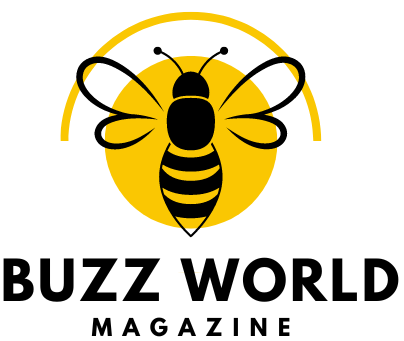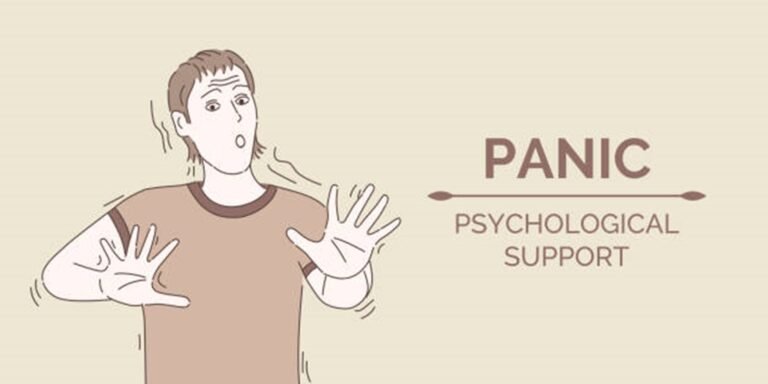Why an Effective Occupational Health and Safety Management System is Crucial for Businesses
Occupational health and safety simply complies with those requirements; it is now a business success strategy. Organizations spend money for a rich occupational health and safety management system; besides protecting their employees, they attain productivity, cost reduction, and branding.
This article delves into the need for occupational health and its everything-around importance, including full HIRA form-the impacts of risk assessments-and how an OHS system stands long in favor of businesses.
What Is Occupational Health and Safety OHS?
Occupational health and safety is what defines the practice, policies, and procedures to protect the worker from claimed occupational harm. It defines a safe environment for physical, mental and emotional wellbeing.
The safety management system is an OHS management model-document from hazard identification, safe training, proper equipment use, and an emergency preparedness plan to be prepared into a global standard, such as ISO 45001 over time.
The Importance of Occupational Health in Business Success
Importance in occupational health extends beyond reduction of workplace injuries. Instead, here are more reasons:
Employees Well-being:
Healthy employees are more engaged, motivated, and productive.
Legal Compliance:
Local and international safety regulations impose legal penalties for not meeting them.
Reducing Absenteeism:
Good health management would naturally reduce the number of sick days and make the workforce more reliable.
Less Insurance Premiums:
Businesses with good safety records enjoy lower premiums.
Better Company Reputation:
A safe workplace casts a positive light on the company brand.
Better than ethical investment in OHS is financially smart investment in OHS.
Understanding the HIRA Full Form and Its Role in Safety
HIRA is one of the major tools for safety planning. The full form of HIRA is Hazard Identification and Risk Assessment. This process plays an important role in the identification of potential risks and controls to be planned before they occur.
Components of the HIRA Process:
Hazard Identification: Recognizing anything that can cause harm.
Risk Assessment:
Evaluating the likelihood and severity of harm occurring.
Control Measures:
Implementing steps to eliminate or reduce risk.
For example, HIRA in manufacturing has managers study the hazard and risks around machines to equip them with safety gear and guards. Making HIRA a daily operation allows organizations to proactively respond to workplace safety hazards.
Essential Components of an Efficient OHS System
The presence of certain elements is necessary for the successful implementation of an HSM system:
Leadership Commitment
Senior management is tasked with giving safety the highest priority and with establishing the tone for the safety culture.
Safety Policy is Clear
Each employee should know what should be expected in terms of safe behavior and responsibilities.
User Employee Participation
Workers should participate by actively identifying hazards and improving safety practices.
Training and Competence
Periodic training ensures that workers are aware of safe working procedures and emergency procedures.
Risk Management Tools like HIRA
Risk management tools such as HIRA are used for continuous assessment of hazards at the workplace.
Monitoring and Review
Regular audits and investigations into incidents and reviews keep the system functioning and on its toes. Organizations that use digital tools in managing these processes are often more efficient and compliant than others. These platforms may offer streamlined risk assessments and management of documents all in one place.
ISO 45001 Role in Occupational Health and Safety
ISO 45001 is the International Standard for Occupational Health and Safety Management Systems. It provides a framework for minimizing risk at the workplace and ensuring legal compliance.
Main benefits of an ISO 45001 system include:
Globally accepted certification.
Structured processes for risk control and management.
Better cause investigation and incident reporting systems.
Culture of continual improvement.
Higher employee trust and satisfaction.
Regardless of size, ISO 45001 can provide the extra boost needed for any organization seeking to raise its safety approach.
Digitalization and Automation in OHS
More companies today are adopting digital platforms to ease the management of health and safety in the workplace.
Through the automation of activities including:
Risk assessment forms
Incident reporting
Training schedules
Document control
Companies have been able to minimize human error while focusing on activities that define strategy.
With these benefits in place, the OHS system will also maintain the momentum of automation, allowing it to be flexible to change-an added importance for high-risk industries.
The Actual Consequence of Operating a Safe-and-Healthy-Work Environment
Let us now see how the implementation of a strong OHS system translates into practical outcomes:
Case Study 1: Manufacturing
In a year, the implementation of clear HIRA principles and ISO 45001 standards reduced the number of reportable incidents from a medium-sized manufacturing firm by 60 percent.
Case Study II: Construction Site
The introduction of digital safety reporting alongside regular training enhanced hazard response times and worker satisfaction in a construction company.
These examples point to tangible returns for investing in safety, not only for life saving but also for operational efficiency.
Future Trends in Occupational Health and Safety OHS
Occupational Health and Safety OHS is really experiencing a paradigm shift from hasty acts to technology-induced proactive measures simply because workplaces keep transforming under a digital revolution in the present day. The new future of OHS consists of harnessing human-centered innovations along with optimized data and automated systems for making the work environment more secure, healthier, and more resilient.
AI-Enabled Hazard Detection
Artificial Intelligence AI will completely change the face of workplace risk detection and management. By direct monitoring of real-time data coming from equipment and environmental sensors, as well as human behavior, AI could identify hazards in advance of their scale. Machine learning algorithms will, for instance, analyze the repeating occurrence of incidents in order to predict future suitable risks and preempt any emergency team action.
AI coupled with computer vision can even determine compliant use of safety equipment by workers or manage unsafe practices on the shop floor, thus leading to less manual supervision and more consistent enforcement.
Predictive Analytics to Prevent Incidents
Predictive analytics takes organizations one step ahead of just reporting the events after they happen. Predictive analytics builds its ability to anticipate accidents and near-misses for organizations based on collating data from various sources-with examples being employee performances, maintenance logs, environmental characteristics-to create predictive models from which flags for high-risk conditions could be generated even before incidents occur.
Reduce costs associated with unfounded investigations, trial and error, and other similar costs associated with investigating preventable accidents. Also, this trend enables decision-making based on data and specially tuned treatments, such as preventive maintenance scheduling, shift adjustments, or targeted safety training for high-risk teams.
Wearable Safety Devices
Wearable devices are becoming increasingly common in providing continuous health and safety monitoring. Smart helmets, vests, and wristbands manage and track the vital signs of a person, movement patterns, level of fatigue occurrence, and exposure to harmful hazardous chemicals through working in specific environments. In addition, the system has an alert mechanism and can notify supervisors if workers are fatigued or in restricted areas.
They contribute to a decline in workplace accidents and faster response time in emergencies, thereby building the trust of employees in safety protocols.
Merging Mental with Safety Programs
Now, safety will be approached holistically to include mental health as well. Companies acknowledge that psychological well-being is intertwined with physical and overall productiveness within an organization. OHS programs in the future will include management skills for stress, emotional resilience training, and links to mental health resources along with traditional safety setups.
A lowering of burnout incidence, enhanced morale, and reduced mistakes from mental fatigue or emotional strain can be developed through such cultural change: open, empathic, and supportive.
Conclusion: Safety Is an Economic Imperative
Occupational health is a field that cannot be overemphasized. Safety is the undercurrent for business sustainability, whether it be in preventing adverse incidents, complying with regulatory mandates, or creating a working environment oriented toward a positive safety culture.
The establishment of an operational occupational health and safety management system with necessary tools supports the assessment of risks e.g., HIRA and the ISO 45001 standard to proactively manage risk to prevent potential harm to employees and allow for an ultimate higher level of competitiveness.
Are you browsing around for any tools to help increase the efficiencies of your OHS processes? Seek out the platform that supports digital HIRA assessments, policy management, and audit tracking. This will not only help increase safety but will also create a value-based approach to your business operation.







